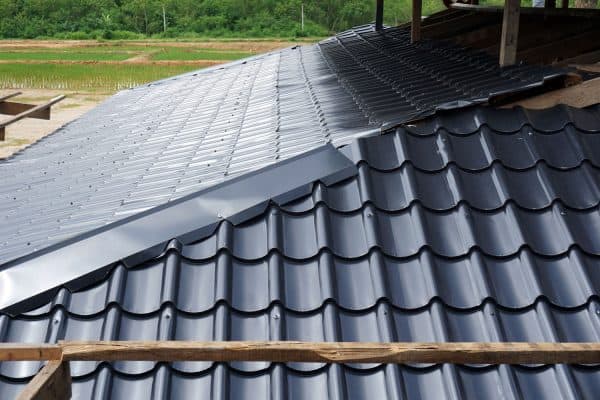Running electrical wire under concrete can seem like a daunting task, but with the right tools and techniques, you can accomplish it successfully.
In this article, we'll guide you through the process step-by-step, providing valuable tips to make the job easier and safer for you.
Before starting, it's crucial to have a clear understanding of the project requirements, local building codes, and necessary permits.
With that knowledge in hand, you'll be able to choose the most suitable method for your situation and avoid any potential issues that may arise later.
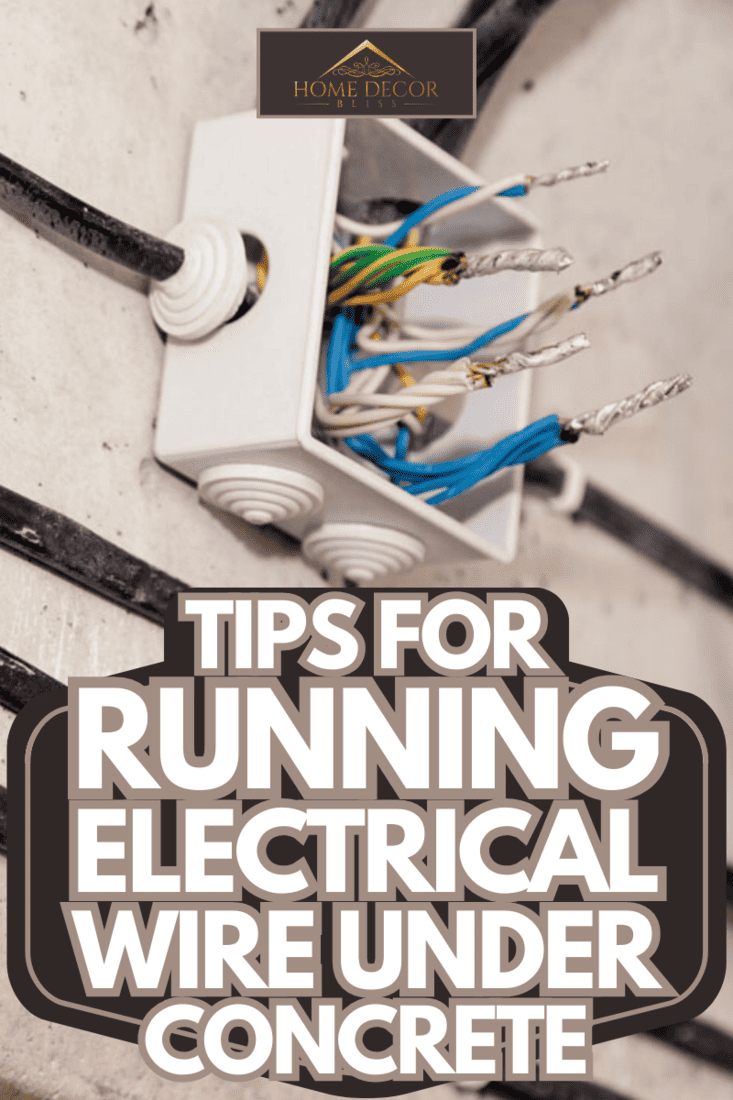
How To Run Electrical Wire Under Concrete
Running electrical wire under concrete is a safe and efficient way to supply power to various parts of your property.
With proper planning and the right tools, you can achieve professional results and minimize potential risks.
Required Materials and Tools
You'll need a conduit, pipe wrench, spade, tape measure, torpedo level, and wire stripper/cutter for this project.
Next, gather a 1-inch drill bit, cordless drill/driver, and hacksaw, along with duct seal and electrical wires suitable for underground use.


Check out this Black and Decker cordless drill/driver on Amazon.
Safety Precautions
When working with electrical wiring and concrete, it's crucial to prioritize safety. Ensure you have the proper tools and protective gears before starting your project.
- Wear protective equipment: Always wear safety goggles, gloves, and sturdy footwear during the process. Eye protection is especially important while cutting PVC pipes to avoid potential injuries.
- Turn off electricity: Before working with electrical wires, make sure to turn off the electricity at the breaker or fuse box. This will help prevent electric shocks and other hazards during installation.
- Inspect wiring: Regularly check the wiring and conduit to ensure there are no visible signs of damage or wear. Damaged wires can lead to dangerous electrical issues, so it's crucial to carefully examine the system.
- Follow local regulations: Familiarize yourself with your local building codes and National Electrical Code (NEC) guidelines. Adhering to these regulations will help you complete the project correctly and safely.
Selecting the Wire Route
Choose the most direct path for your electrical wire to avoid excessive wire lengths and potential interference.
Plan your route to have minimal impact on landscaping, and avoid areas with heavy foot traffic or potential for water pooling.
Installing Conduit
Protect your electrical wires by using a plastic or galvanized conduit, which can be installed using a pressurized water technique.
Dig holes on both sides of the concrete, insert the conduit with a sewer nozzle attached, turn on the pressure washer, and push the nozzle through the conduit to create a tunnel under the slab.
Feeding Electrical Wire
After installing the conduit, feed your electrical wires through the excavated tunnel.
Take care when pushing the wires, and ensure that they are firmly secured at both ends to provide a stable connection and reduce the risk of damage or corrosion in the future.
Covering the Conduit
Once you've routed the electrical wire under the concrete, it's crucial to protect it from potential damage.
One recommended solution is to cover it with a sturdy material, such as a steel plate or PVC conduit.
To select the proper PVC conduit size, it's best to opt for something larger than what you think you need. This will provide sufficient room for the electrical wire and make future upgrades easier.
PVC conduits can be installed beneath the slab, ideally with a 32-mm (1¼-inch) free space to protect the cable from damage.
Take care to avoid running gas and electric lines within the same conduit. This not only increases the risk of accidents but also may violate local building codes.
When you're ready to cover the conduit, make sure to follow all pertinent regulations and guidelines.
This video below can show you how it's done.
How Deep Should PVC Conduit Be Under Concrete?
The depth of PVC conduit under concrete depends on the size of the conduit and the thickness of the concrete.
As a general rule, the conduit should be buried at least 18 inches below the surface of the concrete to protect it from damage.
The NEC requires a minimum burial depth of 18 inches for PVC conduit under concrete. However, local building codes may have different requirements.
It's important to check with your local building department before beginning any construction.
If the conduit will be exposed to vehicular traffic, such as in a driveway or parking lot, it should be buried at least 24 inches deep to provide extra protection.
The size of the conduit also affects the required burial depth. Larger conduits may require deeper burial depths to ensure proper protection.
It's important to properly bed and support the conduit to prevent it from shifting or settling over time. This can lead to damage or failure of the conduit and the electrical wiring inside.
In addition to proper burial depth, it's also important to properly seal and waterproof the conduit to prevent water infiltration which can damage the electrical wiring inside.
Waterproofing the conduit can be done using specialized PVC conduit sealant or tape.
What Kind Of Conduit To Use Under Concrete?
When installing a type of conduit under concrete, it's important to use one that is designed for underground use and can withstand the weight and pressure of the concrete.
Here are some common types of conduit that are suitable for use under concrete:
- PVC Conduit: PVC conduit is a popular choice for underground installations, including those under concrete. It's lightweight, easy to install, and resistant to corrosion and moisture.
- Rigid Metal Conduit (RMC): RMC is a heavy-duty conduit made of galvanized steel or aluminum. It's designed to provide maximum protection for electrical wiring in harsh environments, including those under concrete.
- Intermediate Metal Conduit (IMC): IMC is a lighter-weight version of RMC that is also made of galvanized steel or aluminum. It offers similar protection as RMC, but is easier to install and more affordable.
- Flexible Metal Conduit (FMC): FMC is a type of conduit that is made of interlocking metal strips and is designed to be flexible. It's a good choice for installations where the conduit needs to bend or curve, such as those under concrete slabs.
When choosing a type of conduit for an installation under concrete, it's important to consider factors such as the size and weight of the conduit, the type of wiring being used, and the environmental conditions of the installation site.
Final Checks and Testing
To wrap up, let's go through the fine points to help you lay down electrical wire under concrete safely and easily.
Before energizing the circuit, ensure all connections are securely fastened and your conduit is properly sealed. This will protect your electrical wires from potential damage and moisture.
After completing the installation, test your electrical system using a multimeter or voltage tester. Checking for proper voltage and continuity will ensure your system is functioning as desired.
When testing, it's important to follow safety precautions and turn off the main power source to prevent accidental electrocution.
Always wear protective gear such as gloves and safety goggles while working with electrical systems.
Keep a record of the conduit route under the concrete for future reference. This information will be helpful in case of future repairs or modifications to your electrical system.
Regularly inspect your electrical system, especially in areas with significant weather changes or seismic activity.
Finally, timely maintenance can prevent potential issues and ensure the longevity of your system.
Thank you for reading. And while we have your attention, check out these other helpful and related articles below:
How To Hide Electrical Cords On The Wall [9 Excellent Options Explored]

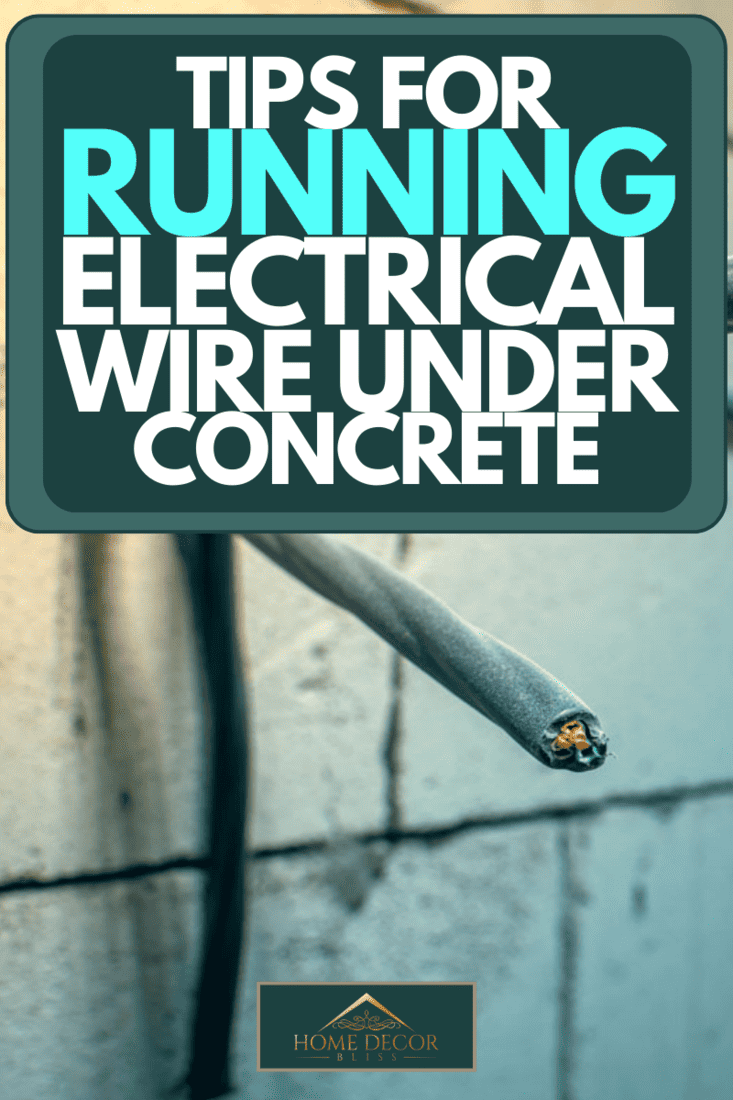
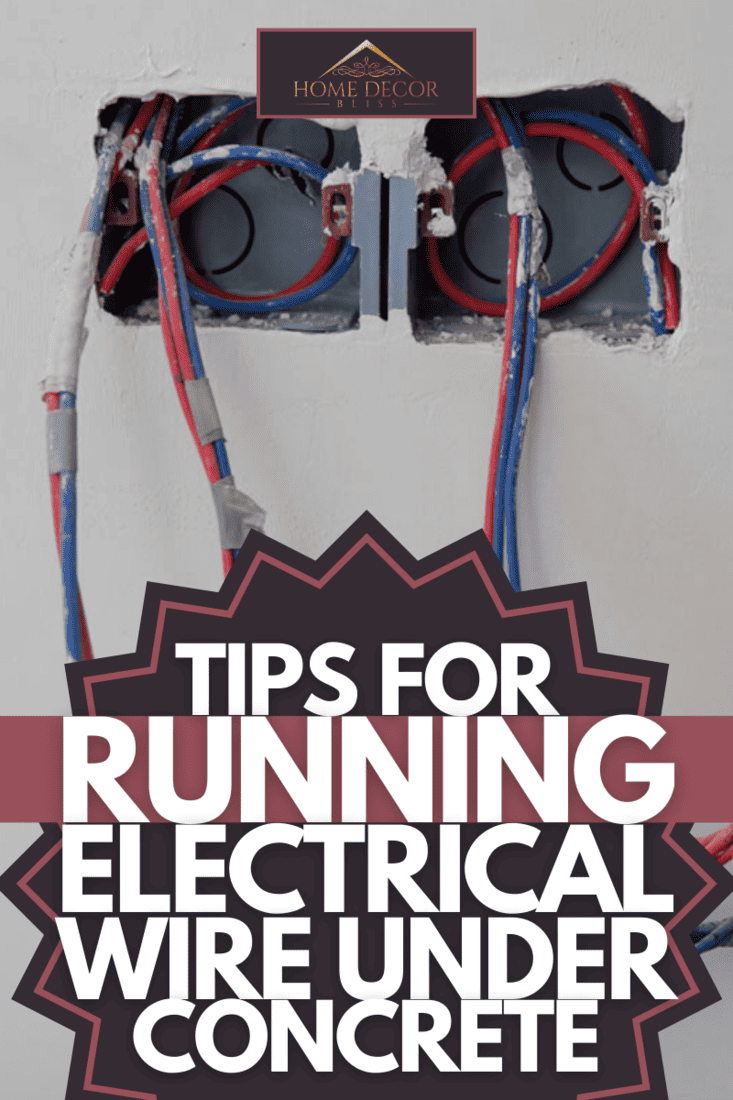
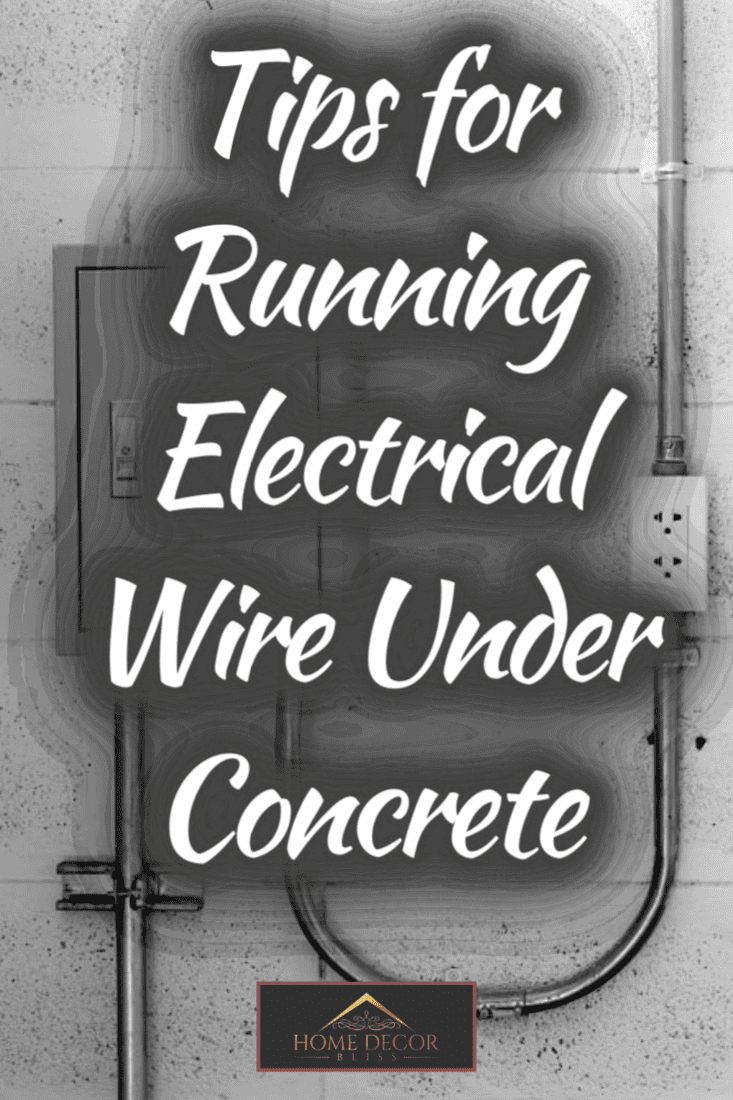
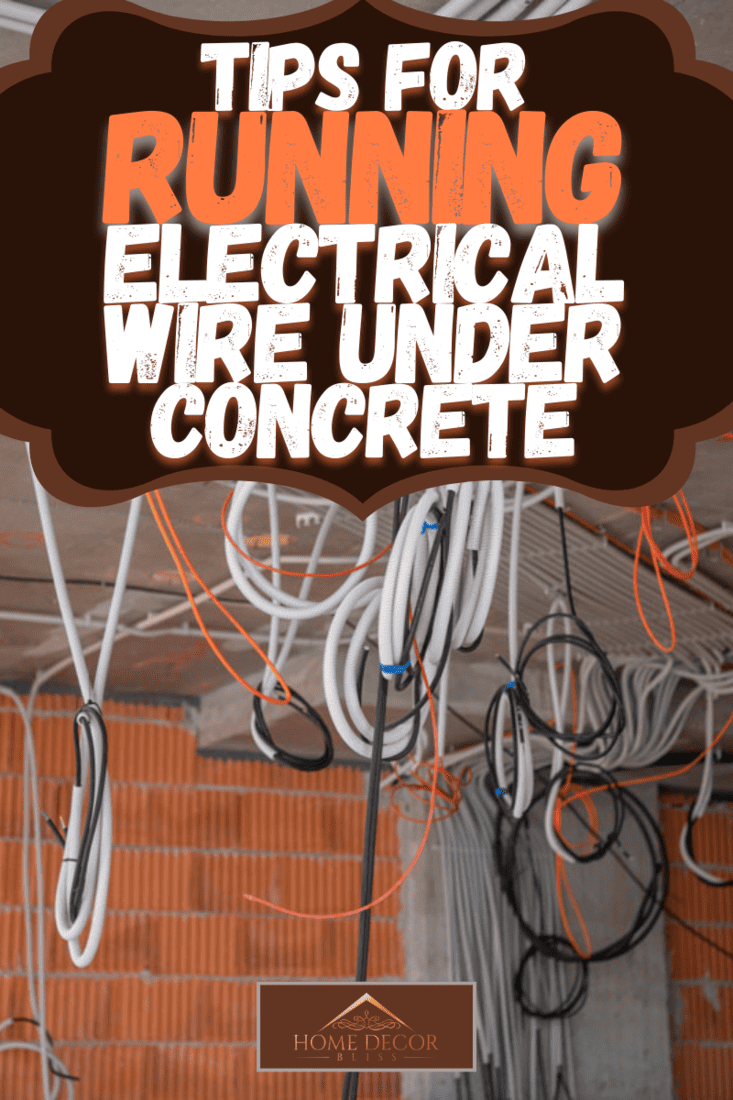
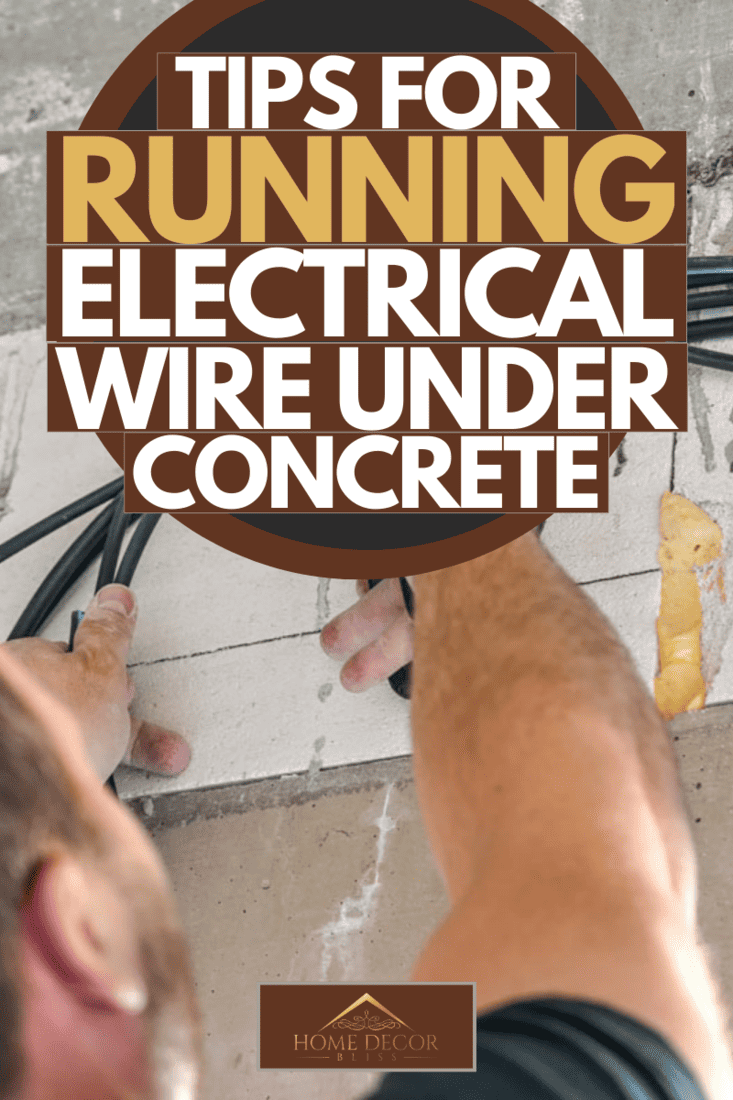
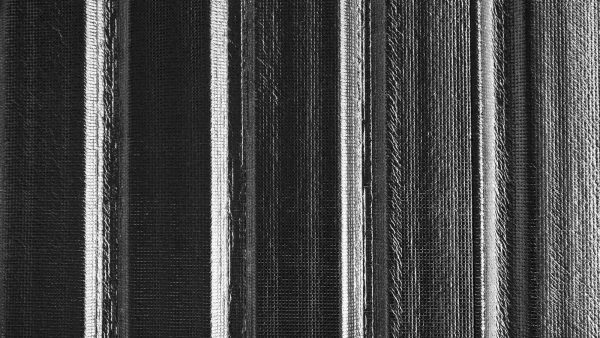
![Get Your Roof Ready: How to Apply Aluminum Roof Coating [Step by Step Guide]](https://homedecorbliss.com/wp-content/uploads/2023/08/shutterstock_1624204837-600x400.jpg)
